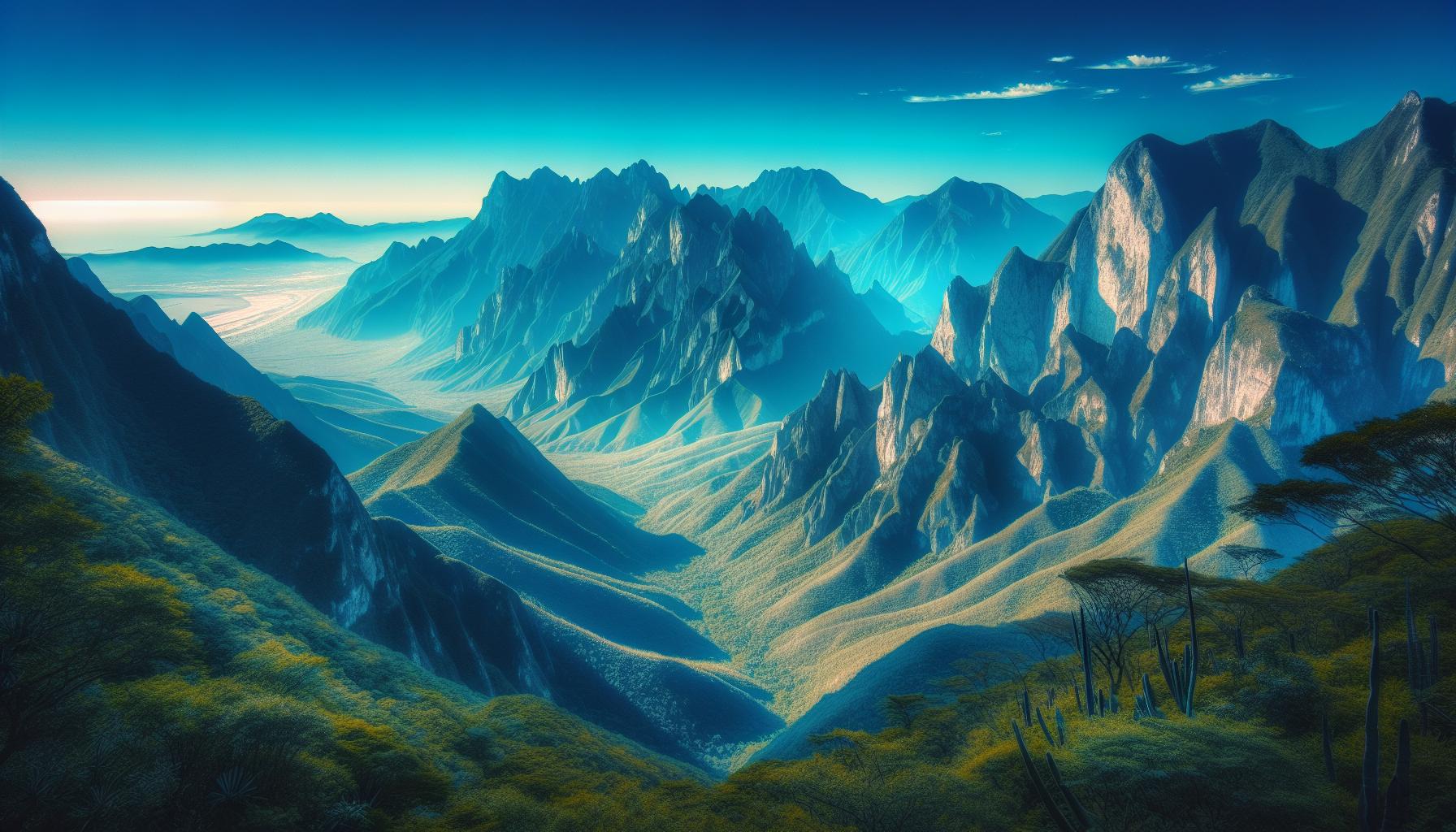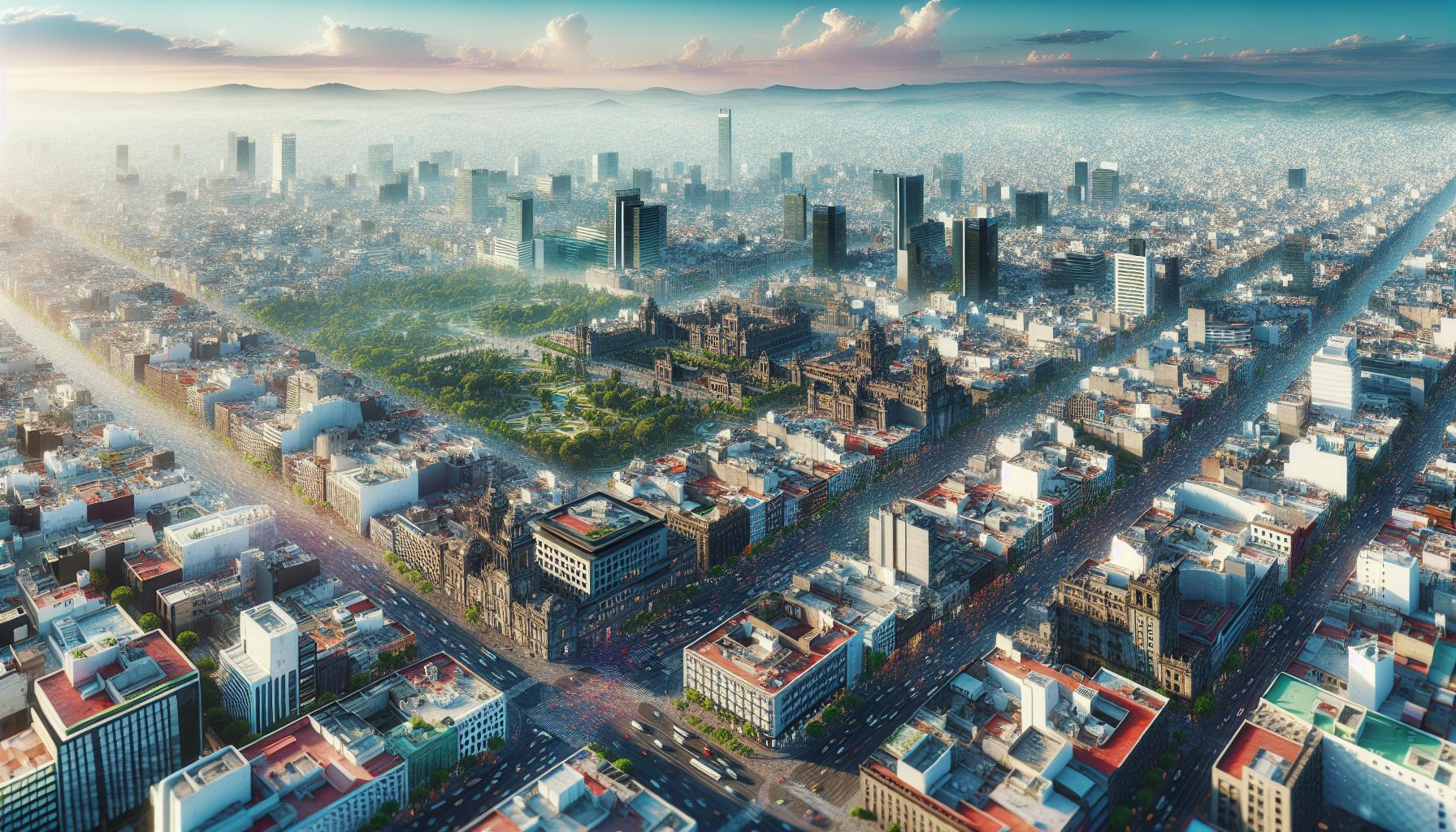Mexico’s vibrant tapestry of 32 states forms one of the world’s most diverse and culturally rich nations. From the sun-drenched beaches of Quintana Roo to the desert landscapes of Chihuahua, each state contributes its unique flavor to Mexico’s incredible mosaic.
Understanding Mexico’s geographical layout isn’t just about memorizing boundaries – it’s about discovering the stories, traditions and experiences that make each region special. The country’s political map serves as a gateway to exploring ancient Mayan ruins, colonial cities and modern metropolises that seamlessly blend the old with the new. Whether planning a cross-country adventure or simply satisfying geographical curiosity, knowing Mexico’s state divisions opens doors to countless cultural treasures.
Estados:tcnbvbdw4r0= Mapa De la Republica Mexicana
Mexico’s 32 federal entities consist of 31 states and one federal district. Each state operates with autonomous governance under the federal system established by the Constitution of 1917.
The states demonstrate distinct characteristics in their:
- Population Density: from 6,163 people per km² in Mexico City to 14 people per km² in Baja California Sur
- Economic Focus: manufacturing hubs in Nuevo León industrial corridors in Estado de México tourism centers in Quintana Roo
- Geographical Features: coastal regions along the Pacific desert landscapes in Sonora mountainous terrain in Chihuahua
Mexico’s political organization follows a three-tier structure:
- Federal Government: coordinates national policies defense international relations
- State Governments: manage education healthcare regional development
- Municipal Authorities: oversee local services public works community programs
| Region | Number of States | Key Economic Activities |
|---|---|---|
| North | 6 | Manufacturing Export Trade |
| Central | 7 | Services Technology Finance |
| Pacific | 7 | Tourism Agriculture Fishing |
| South | 6 | Agriculture Tourism Oil |
| Gulf | 6 | Petroleum Maritime Trade |
The political boundaries reflect historical developments including:
- Indigenous territories from pre-Hispanic periods
- Colonial administrative divisions
- Post-independence territorial reorganization
- Modern demographic patterns
Each state maintains its legislature executive branch judiciary system while participating in federal governance through congressional representation. This structure enables regional autonomy balanced with national unity creating an integrated political framework across Mexico’s diverse landscapes.
Overview of Mexican States and Territories

Mexico comprises 32 federal entities spanning diverse geographical regions that shape the nation’s cultural identity. Each region features distinct climate zones ecosystems economic activities.
Northern States
The northern region encompasses 12 states including Baja California Chihuahua Coahuila Durango Nuevo León Sinaloa Sonora Tamaulipas. These states contain expansive deserts mountainous terrains vast plains that cover 40% of Mexico’s total land area. Major industrial centers like Monterrey drive manufacturing automotive aerospace sectors. The region’s proximity to the United States facilitates significant cross-border trade generating 60% of Mexico’s exports. Agriculture thrives in areas like Sinaloa’s fertile valleys producing corn wheat vegetables.
Central States
Central Mexico features 13 states including México City Puebla Querétaro Guanajuato Jalisco México State. This region serves as Mexico’s economic cultural heartland housing 45% of the national population. Historic colonial cities like Guadalajara Puebla showcase Spanish architecture preserved heritage sites. The Bajío region excels in manufacturing technology development with growing automotive aerospace clusters. Agricultural production focuses on agave tequila production corn cultivation dairy farming.
Southern States
The southern region comprises 7 states including Chiapas Guerrero Oaxaca Yucatán Quintana Roo. These states preserve Mexico’s indigenous heritage with 60% of the nation’s indigenous population residing here. Tourism drives the economy along the Caribbean coast particularly in Cancún Riviera Maya. The region produces tropical crops like coffee cacao vanilla contributing 30% of national agricultural exports. Ancient Maya ruins dot the landscape including UNESCO sites Chichén Itzá Palenque Uxmal.
Major Geographic Regions of Mexico

Mexico’s diverse landscape encompasses distinct geographical zones that shape the nation’s climate, ecology, and human settlements. Each region contributes unique characteristics to Mexico’s rich environmental tapestry through variations in elevation, rainfall, and terrain.
Mountain Ranges
The Sierra Madre mountain system forms Mexico’s dominant topographical feature, consisting of three major ranges: Sierra Madre Oriental, Sierra Madre Occidental, and Sierra Madre del Sur. The Sierra Madre Oriental stretches 1,000 kilometers along the eastern coast, reaching elevations of 3,700 meters. The Sierra Madre Occidental extends 1,500 kilometers through western Mexico, creating deep canyons including Copper Canyon, which spans 6 individual canyons. The Sierra Madre del Sur runs 1,200 kilometers along the Pacific coast, connecting to the Trans-Mexican Volcanic Belt near Mexico City. This volcanic belt includes notable peaks such as Popocatépetl (5,426 meters) and Citlaltépetl (5,636 meters).
Coastal Areas
Mexico’s coastline extends 9,330 kilometers, split between the Pacific Ocean and Gulf of Mexico. The Pacific coast features rugged cliffs, rocky shores, and major ports like Acapulco and Puerto Vallarta. The Gulf Coast spans 2,500 kilometers of sandy beaches from Tamaulipas to the Yucatán Peninsula. The Caribbean coast stretches 865 kilometers along the Yucatán Peninsula, characterized by white-sand beaches and coral reefs. Notable coastal features include the Gulf of California, containing 900 islands and the Baja California Peninsula’s 3,200-kilometer coastline. These coastal regions support vital fishing industries, tourism economies and diverse marine ecosystems.
State Capitals and Major Cities

Mexico’s state capitals serve as administrative hubs for their respective regions, each displaying unique characteristics. Mexico City stands as the nation’s capital, housing federal institutions in its 16 boroughs across 573 square miles.
Major metropolitan areas showcase Mexico’s economic strength:
- Monterrey functions as northern Mexico’s industrial powerhouse with 5.3 million residents
- Guadalajara operates as a technology hub hosting 5 million inhabitants
- Puebla drives manufacturing with 3.2 million people
- Tijuana connects cross-border commerce with 2.2 million residents
State capitals exhibit distinct regional influences:
- Mérida preserves Mayan culture through colonial architecture
- Oaxaca City maintains indigenous traditions in its zócalo
- Guanajuato features UNESCO World Heritage sites from the silver mining era
- Morelia displays 200+ historic monuments across its center
| Region | Notable Capitals | Population (millions) |
|---|---|---|
| North | Monterrey | 5.3 |
| Central | Guadalajara | 5.0 |
| South | Mérida | 1.1 |
| Pacific | Tijuana | 2.2 |
Urban development patterns reflect geographical diversity:
- Coastal capitals like Acapulco focus on tourism infrastructure
- Highland capitals such as Toluca emphasize industrial development
- Border capitals including Ciudad Juárez prioritize international trade
- Colonial capitals like Querétaro balance preservation with modernization
- Hermosillo coordinates Sonora’s agricultural exports
- Culiacán oversees Pacific fishing operations
- León directs leather goods manufacturing
- Cancún administers Caribbean tourism activities
Political Boundaries and Borders
Mexico’s political boundaries encompass 5,525 kilometers of international borders with three neighboring nations. The United States shares a 3,141-kilometer border along Mexico’s northern edge, marked by the Rio Grande River. Guatemala connects to Mexico’s southern region through a 958-kilometer boundary, while Belize adjoins the southeastern territory across 276 kilometers.
Natural features define significant portions of Mexico’s state boundaries:
- Mountain ranges separate Durango from Sinaloa
- Rivers mark divisions between Tamaulipas and Veracruz
- Coastlines delineate maritime borders for 17 states
Internal state boundaries evolved from historical factors:
- Colonial administrative districts
- Indigenous territorial claims
- Geographic landmarks
- Economic zones
| Border Region | Length (km) | Key Features |
|---|---|---|
| US-Mexico | 3,141 | Rio Grande, Deserts |
| Guatemala-Mexico | 958 | Mountains, Rainforest |
| Belize-Mexico | 276 | Rivers, Wetlands |
Maritime boundaries extend across two major bodies of water:
- Pacific Ocean: 7,338 kilometers of coastline
- Gulf of Mexico & Caribbean Sea: 3,294 kilometers of coastline
State demarcation follows specific geographic markers:
- Topographical features (mountains peaks valleys)
- Hydrological systems (rivers lakes watersheds)
- Historical settlement patterns
- Administrative convenience
Each border zone maintains unique security checkpoints customs facilities ports of entry to regulate international commerce migration. These boundaries create distinct economic cultural regions while preserving Mexico’s territorial sovereignty.
Political Map
Mexico’s political map reveals more than just geographical boundaries – it tells the story of a nation rich in diversity culture and history. The 32 federal entities showcase unique characteristics from the industrial north to the culturally rich south while maintaining their autonomy under a unified national framework.
Understanding Mexico’s political geography provides valuable insights into how natural features historical developments and modern administrative needs have shaped the country. The diverse landscapes major cities and international borders work together to create a dynamic nation that continues to evolve while preserving its distinct regional identities.



